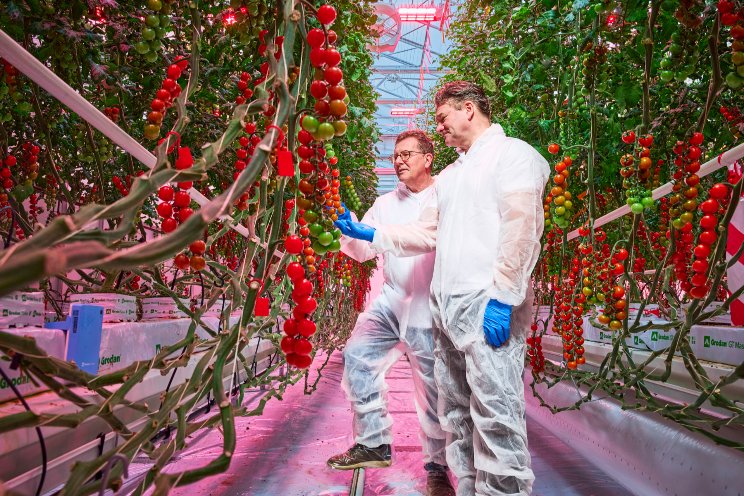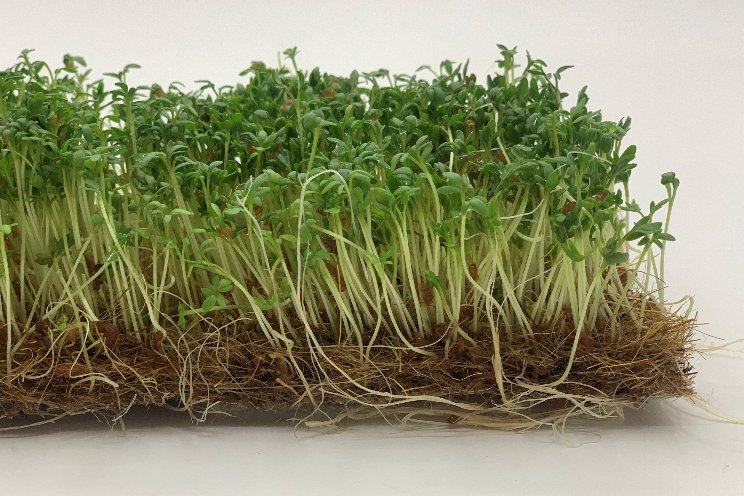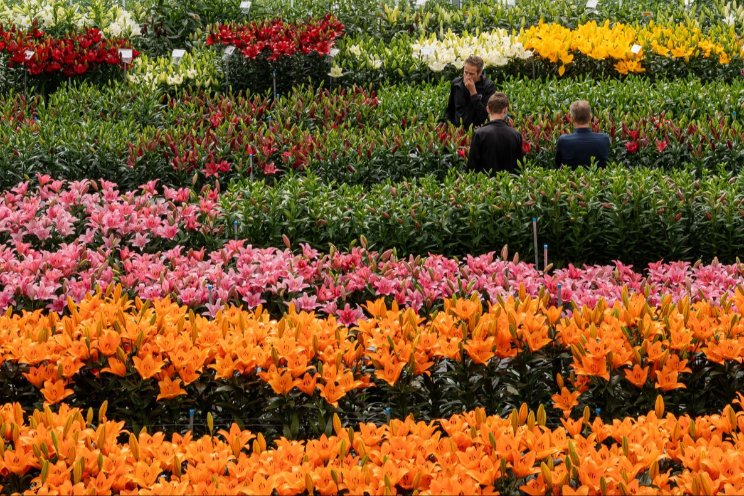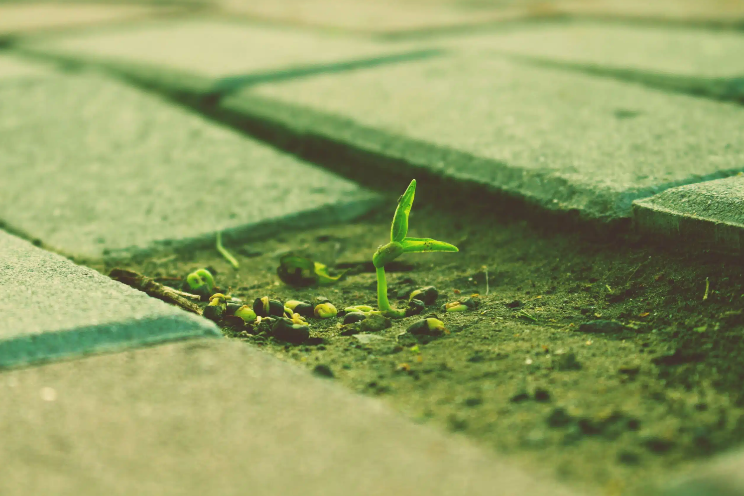How to reduce the environmental impact of greenhouses
Added on 26 July 2023

So how can we make sure the environmental impact of greenhouses is limited? In this blog, we explore some of the different elements to consider and look at how aeroponics can help to maximise productivity, whilst reducing impact.
Construction
It’s important to take into account the initial environmental impact of building a greenhouse, especially when calculating its ongoing scope emissions. In the construction of a standard greenhouse, aluminum or steel is often used. Aluminum is infinitely recyclable - but the process is energy intensive and CO2 emissions from aluminum can be high, depending on where it’s sourced. Steel is considered to be more durable and more able to withstand extreme weather. These would be the most sustainable choices, but both with benefits and drawbacks to be considered.
Resource management
Operationally, there are many different resource elements to consider when running a greenhouse: from water, to pesticide and fertiliser use. With various irrigation system options, it’s possible to make significant improvements in water efficiency.
Photo: LettUsGROW
More news















